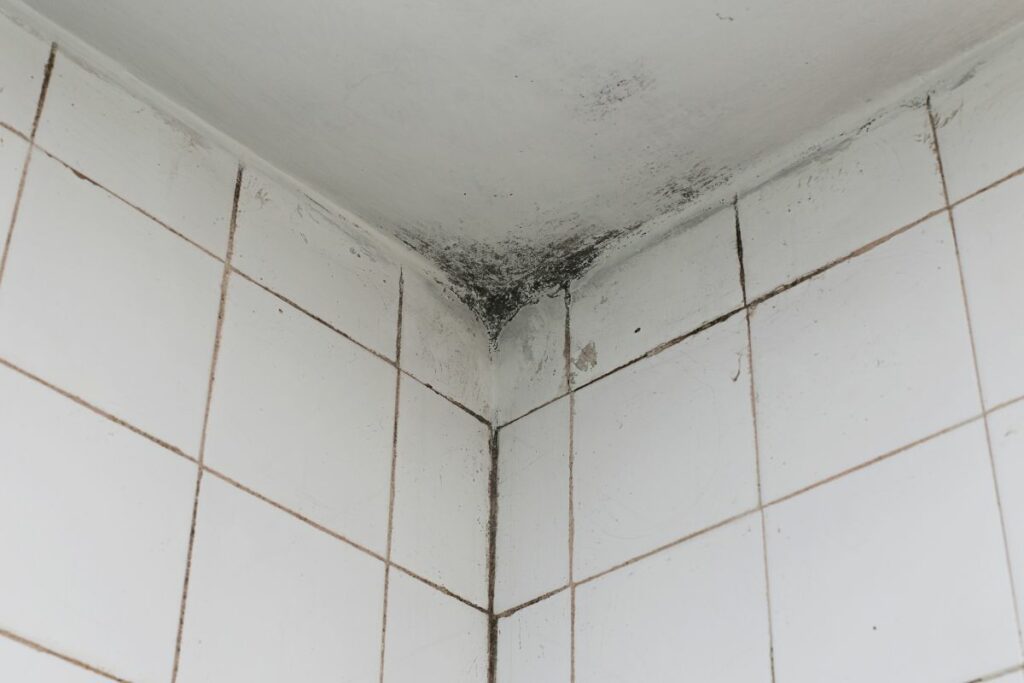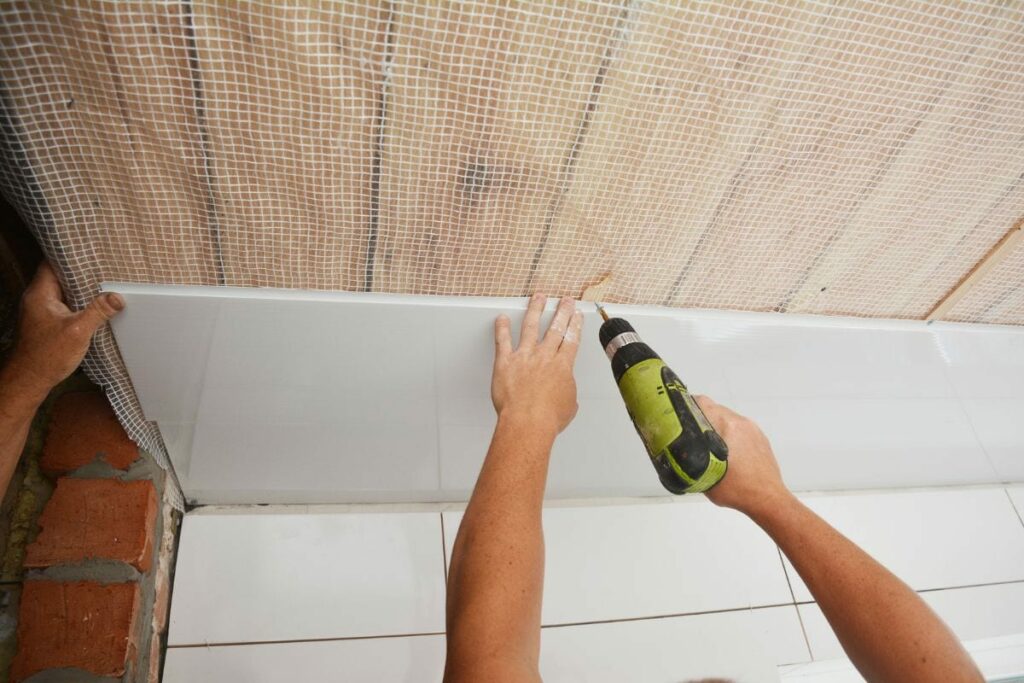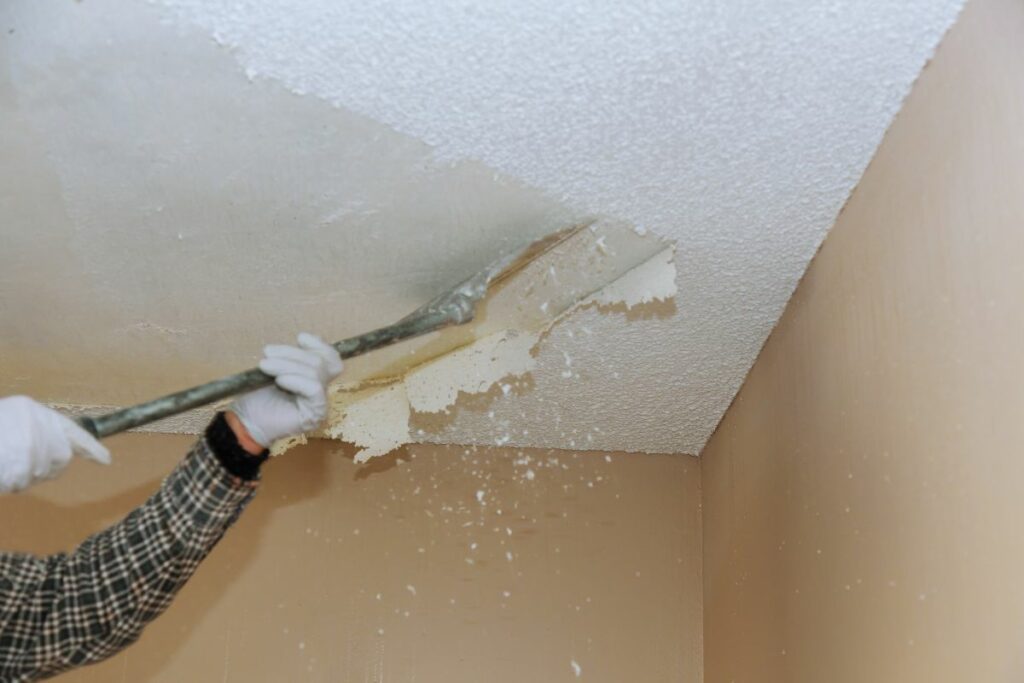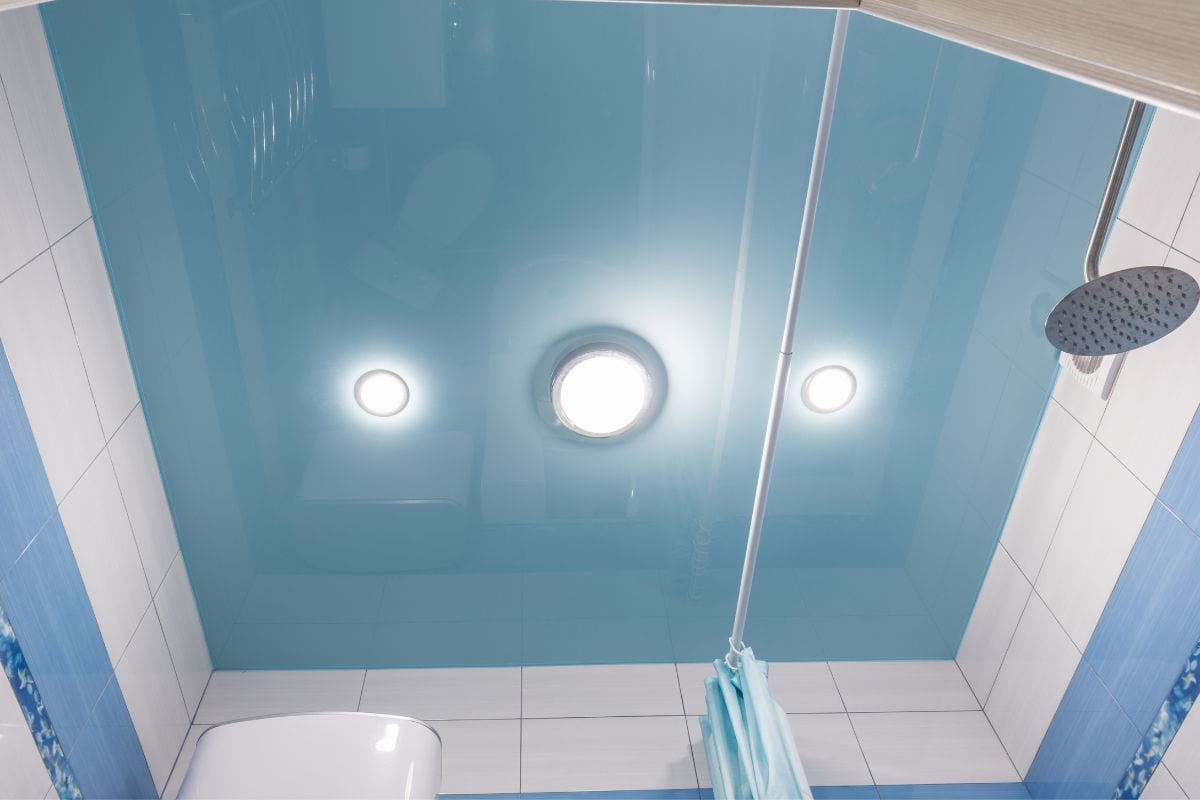Waterproofing the interior of your bathroom is a good idea if you don’t want to spend too much on maintenance in the long term. It’s sometimes possible that your bathroom doesn’t need much in the way of waterproofing, especially if you live in an area with a generally cold climate and a lot of wind. However, it’s always advisable to verify the situation with an expert before making a final decision.
It’s generally advisable to waterproof your shower ceiling unless you’re absolutely sure that your bathroom doesn’t accumulate enough moisture to cause problems over time. It’s possible to postpone or skip this process entirely, but you risk paying for some costly repairs if your bathroom ceiling gets affected by moisture. Excess moisture in the bathroom can also lead to potential health hazards such as mold.
No matter if you’ve just moved in or you’ve lived in your home for a long time, if your shower ceiling isn’t waterproof, that’s something you should look into as early as possible. Depending on your situation, it’s possible that you don’t need to take any further action.
But unless this has been verified by a qualified professional, it’s best to err on the side of caution and waterproof your shower ceiling at the earliest convenience.
What Are the Risks of Leaving Your Shower Ceiling Without Waterproofing?

If your shower ceiling is not waterproofed and your bathroom is not properly ventilated, this could lead to the development of mold. Sometimes it will grow above the ceiling where you can’t see it – but it will still be a potential hazard to your health. Frequent shower use has been identified as one of the main contributing factors to mold growth in homes.
Mold can also negatively impact the structural integrity of your shower ceiling, and can eventually spread to other parts of the home if the problem is particularly serious. What’s worse is that you won’t always be able to identify that this is happening because mold can grow out of sight.
What Materials Can Be Used for Waterproofing Your Shower Ceiling?

If you can afford to remove your ceiling and replace it, you should go with a material that’s waterproof by default, such as waterproof boards. Otherwise, you can add a waterproof layer below the ceiling. This will have the same effect, as long as you make sure to properly seal the edges of the membrane.
There are also liquid waterproofing materials available, which can be applied directly to the surface of your ceiling to provide it with a waterproof coating. The effectiveness of using this method varies across the board and depends heavily on the material of your ceiling as well as the quality of the waterproofing solution. Studies have shown that some waterproofing solutions lose most of their performance after around 140 days.
For a reliable long-term solution, look into covering your ceiling with tiles or a similar waterproof material. Keep in mind that this might require additional remodeling of the rest of the bathroom. A tiled ceiling that doesn’t match the overall interior of the room can look very unsightly.
Can You Waterproof Drywall Ceiling?
The only way to waterproof drywall ceiling is by using a waterproof membrane as we described above. Coating materials won’t work well enough due to the porous nature of drywall.
Some might recommend the use of green board, which is drywall with additional water-resistant properties. However, while this may be suitable for low-moisture environments, it doesn’t do a proper job when used in a bathroom.
The best long-term solution when your shower ceiling is made of drywall is to replace it entirely. It can be costly and time-consuming, but it will permanently prevent any potential future problems. Using a waterproof membrane is a temporary solution at best, even when installed properly. At some point, the membrane will have to be repaired or replaced completely.
Replacing Your Existing Shower Ceiling Completely

If waterproofing your existing shower ceiling is not a good option (or not possible altogether), your best bet is to replace the ceiling completely. This will cost you a good deal of money and will take some time, but it’s a worthwhile investment into your home’s future.
If you want to minimize the time needed for the whole operation, you should work with a professional. This will not only help speed up the process, but will also ensure that the job is done safely. This is particularly important when it comes to taking down your existing ceiling. If it’s been up there for many years, it’s possible that you already have mold growing above the ceiling, requiring extra caution during the dismantling process.
How Much Does It Cost to Waterproof Your Shower Ceiling?
Waterproofing your shower ceiling will usually cost you around $5 per square foot. The price can go higher depending on your exact circumstances, such as when you need to remove your previous ceiling and it’s already been badly damaged by moisture. Your choice of waterproofing material will also have an impact on the overall cost.
FAQ
Q: What else can I do to protect my shower ceiling from long-term damage?
A: Make sure your bathroom is well-ventilated. Keep the windows open after taking a shower, and try to coordinate your showering with the outside weather. Wipe down any surfaces as quickly as you can after you’re done using the shower.
Q: Does a waterproof shower ceiling require any extra long-term maintenance?
A: Most waterproof materials don’t require any specific maintenance after they’ve been installed. Coating may need to be replaced every few years, while waterproof membranes should last for around ten years on average. If you’re using a membrane, watch out for signs of peeling around the edges.
Q: Should my shower walls extend all the way up to the ceiling?
A: Whenever possible you should extend your shower walls all the way up to the ceiling if they’re made from a waterproof material. This will minimize the amount of moisture that manages to escape up to the ceiling, and it will also help keep the bathroom looking neat and tidy without an unsightly trim below the ceiling.
Conclusion
While waterproofing your shower ceiling isn’t strictly necessary, it’s almost always a good idea. The only exception to this are cases where the bathroom gets enough ventilation to clear out any moisture before it evaporates into the ceiling, and your local climate doesn’t predispose to mold growth.
Otherwise, you should look into replacing your shower ceiling with one made of a waterproof material, or at the very least, applying a waterproof coating to your existing ceiling.

Amos Christen graduated with a bachelor’s degree in Interior Design from Drexel University — Philadelphia, PA. Since 2003, Amos has worked with top interior design professionals in this area, including architects and interior/graphic/lighting designers. As a skilled interior designer, Amos Christen is highly versed in fine arts and crafts and uses that to supplement his main area of expertise. He often publishes articles related to home décor on several websites, including Sprucetoilets.com, Sprucebathroom.com, and Mybesuitedhome.com. He also contributes to leading interior design magazines.
